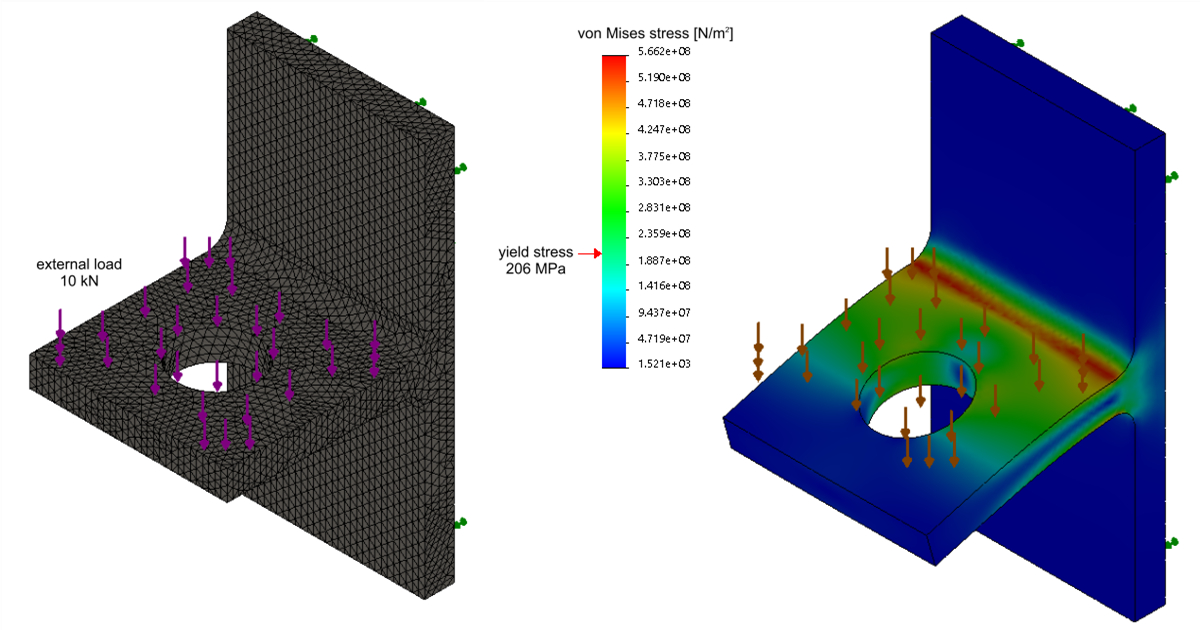Finite Element Methods for Structural, Linear and Nonlinear Mechanical Problems
A special issue of Applied Sciences (ISSN 2076-3417). This special issue belongs to the section "Mechanical Engineering".
Deadline for manuscript submissions: closed (20 August 2023) | Viewed by 12798

Special Issue Editors
Interests: mechanical properties; finite element method; structural analysis; mechanical testing; mechanics of materials; stress analysis; strain analysis; construction materials; solid mechanics; fracture mechanics
Special Issue Information
Dear Colleagues,
As you are an expert in the field of solid mechanics, invite you to publish your work in a Special Issue of Applied Sciences, which will be devoted to the field of finite element methods for structural, linear and nonlinear mechanical problems. The Special Issue will be oriented towards the numerical methods of mechanics, particularly FEM analysis, linear mechanics, nonlinear mechanics, structural mechanics, solid mechanics, numerical methods, computer methods, FEM in design, plasticity, continuum mechanics, and fracture mechanics. The scope includes the application of finite element method in solving various problems in the field of mechanics—from linear to non-linear problems, including the determination of the ultimate load capacity. In addition to solving theoretical problems, we welcome the submission of articles focused on FEM applications in design and fracture mechanics.
We would be delighted if you sent us an article for this Special Issue, or if you informed your colleagues working in the field about this Special Issue.
Prof. Dr. Marcin Graba
Prof. Dr. Stanisław Adamczak
Guest Editors
Manuscript Submission Information
Manuscripts should be submitted online at www.mdpi.com by registering and logging in to this website. Once you are registered, click here to go to the submission form. Manuscripts can be submitted until the deadline. All submissions that pass pre-check are peer-reviewed. Accepted papers will be published continuously in the journal (as soon as accepted) and will be listed together on the special issue website. Research articles, review articles as well as short communications are invited. For planned papers, a title and short abstract (about 100 words) can be sent to the Editorial Office for announcement on this website.
Submitted manuscripts should not have been published previously, nor be under consideration for publication elsewhere (except conference proceedings papers). All manuscripts are thoroughly refereed through a single-blind peer-review process. A guide for authors and other relevant information for submission of manuscripts is available on the Instructions for Authors page. Applied Sciences is an international peer-reviewed open access semimonthly journal published by MDPI.
Please visit the Instructions for Authors page before submitting a manuscript. The Article Processing Charge (APC) for publication in this open access journal is 2400 CHF (Swiss Francs). Submitted papers should be well formatted and use good English. Authors may use MDPI's English editing service prior to publication or during author revisions.
Keywords
- FEM analysis
- linear mechanics
- nonlinear mechanics
- structural mechanics
- solid mechanics
- numerical methods
- computer methods
- FEM in design
- plasticity
- continuum mechanics
- fracture mechanics





